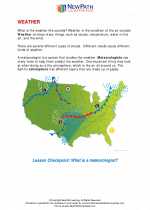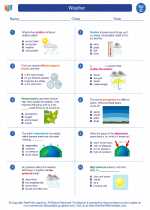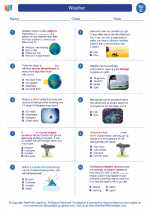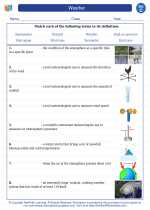Types of Hybridization
There are several types of hybridization, including:
- Sp Hybridization: In this type, one s orbital and one p orbital combine to form two sp hybrid orbitals. This type of hybridization commonly occurs in molecules with linear geometry, such as BeH2.
- Sp2 Hybridization: Here, one s orbital and two p orbitals combine to form three sp2 hybrid orbitals. This type of hybridization is observed in molecules with trigonal planar geometry, like BF3.
- Sp3 Hybridization: In this type, one s orbital and three p orbitals combine to form four sp3 hybrid orbitals. It is commonly found in molecules with tetrahedral geometry, such as CH4.
- Sp3d Hybridization: This type involves one s orbital, three p orbitals, and one d orbital combining to form five sp3d hybrid orbitals. It is observed in molecules with trigonal bipyramidal geometry, like PCl5.
- Sp3d2 Hybridization: Here, one s orbital, three p orbitals, and two d orbitals combine to form six sp3d2 hybrid orbitals. This type of hybridization occurs in molecules with octahedral geometry, such as SF6.
Study Guide for Hybridization
To understand hybridization, it is essential to grasp the concept of atomic orbitals, molecular geometry, and the types of hybrid orbitals formed in different molecules. Here are some key points to focus on when studying hybridization:
- Review the shapes and orientations of different types of hybrid orbitals.
- Understand how hybridization influences molecular geometry and bond angles in various molecules.
- Practice identifying the hybridization of central atoms in different molecules.
- Work on problems related to determining the hybridization of atoms and predicting the geometry of molecules.
- Explore the role of hybridization in explaining the bonding and reactivity of molecules.
By mastering the concept of hybridization, you will gain a deeper understanding of molecular structure and bonding in chemistry.
.◂Science Worksheets and Study Guides Third Grade. Weather
Study Guide Weather
Weather  Worksheet/Answer key
Worksheet/Answer key Weather
Weather  Worksheet/Answer key
Worksheet/Answer key Weather
Weather  Worksheet/Answer key
Worksheet/Answer key Weather
Weather  Vocabulary/Answer key
Vocabulary/Answer key Weather
Weather  Vocabulary/Answer key
Vocabulary/Answer key Weather
Weather 

 Worksheet/Answer key
Worksheet/Answer key
 Worksheet/Answer key
Worksheet/Answer key
 Worksheet/Answer key
Worksheet/Answer key
 Vocabulary/Answer key
Vocabulary/Answer key
 Vocabulary/Answer key
Vocabulary/Answer key

The resources above cover the following skills:
EARTH AND SPACE SCIENCE (NGSS)
Earth’s Systems
Students who demonstrate understanding can:
Represent data in tables and graphical displays to describe typical weather conditions expected during a particular season.